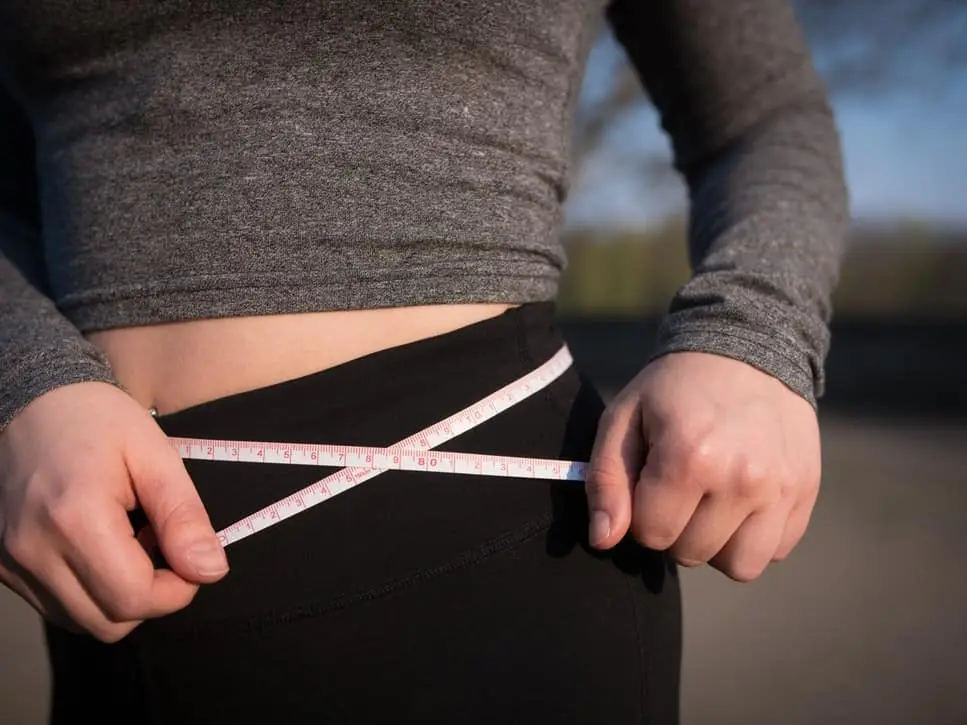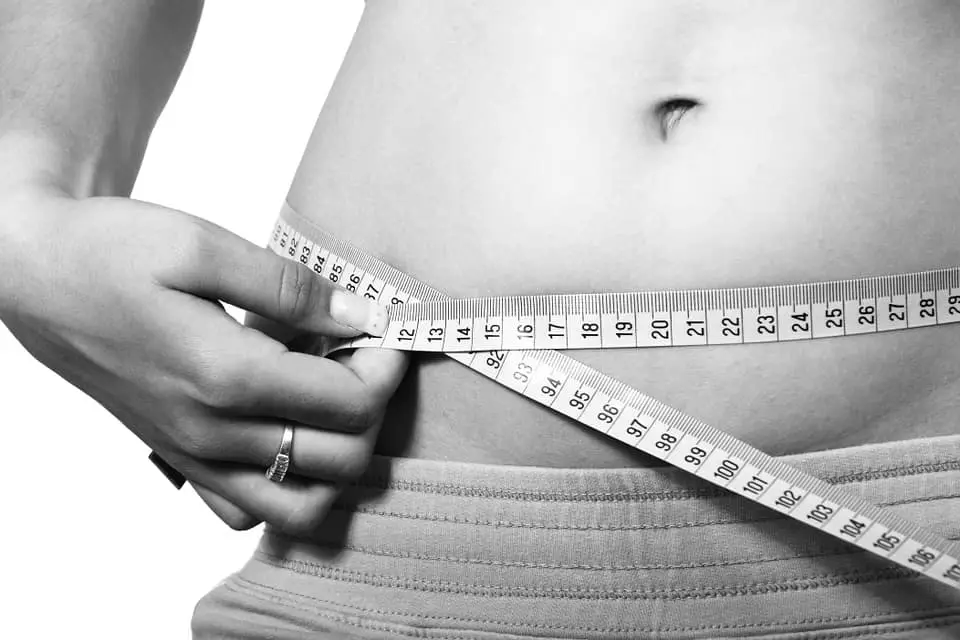Can’t decide whether to choose CoolSculpting or liposuction to eliminate stubborn body fat? Both procedures have become increasingly popular in recent years. According to the American Society of Plastic Surgeons (ASAPS), over a quarter-million liposuction procedures were performed in 2018 — a 5% increase from the year prior. In its report, however, ASAPS found that over 376,000 noninvasive fat reduction techniques like CoolSculpting were performed in 2018.
With CoolSculpting on the rise, you might be wondering if it’s a better choice than liposuction. Liposuction is an older procedure, with origins dating back to the mid- to late 1970s. CoolSculpting, on the other hand, is a relatively new procedure that first launched in 2010. With that said, you shouldn’t choose a fat reduction procedure based strictly on its age. Liposuction might be older, but CoolSculpting offers several benefits over liposuction.
What Is CoolSculpting?
Also known as cryolipolysis, CoolSculpting is a noninvasive cosmetic procedure for the permanent reduction of fat. It was developed by ZELTIQ Aesthetics, which launched the procedure in 2010 after receiving approval from the U.S. Food and Drug Administration (FDA). During a CoolSculpting session, an aesthetician will target specific areas of fat on your body using a handheld device called an applicator. The applicator will create a suction that pulls your skin, as well as the underlying fat, into a hollow tube through which cool air flows.
CoolSculpting leverages the fat-destroying power of cool air to eliminate body fat. As the cool air flows over your skin, it will freeze your fat cells, allowing for a significant reduction of body fat in the targeted area. It literally freezes fat cells until those cells die. As the frozen fat cells begin to die, they naturally absorbed and expelled by your body. Neither CoolSculpting nor liposuction are intended for weight loss. Rather, they are fat reduction procedures that can help contour your body by reducing fat.

What Is Liposuction?
Also known simply as lipo, liposuction is an invasive surgical procedure for the removal of fat. It involves the use of a hollow tube called a cannula to suction fat out of the body through an incision. There are actually several different types of liposuction. Power-assisted liposuction, for instance, uses a special type of vibrating cannula to remove fat, whereas ultrasound-assisted liposuction uses ultrasound pulses to dislodge and remove fat. When fat cells are exposed to these ultrasound pulses, they liquefy, allowing the cosmetic surgeon to remove the fat with greater ease. Whether it’s power-assisted, ultrasound-assisted or any other type of liposuction, the cosmetic surgeon must make an incision in the skin so that he or she can insert the cannula.
Side Effects
Because CoolSculpting is a noninvasive procedure that, unlike liposuction, doesn’t require the use of an incision, it has fewer and less severe side effects than liposuction. Common side effects associated with CoolSculpting with include a pinching and tugging sensation on the area of the skin targeted by the applicator, which is typically followed by a cold and numbing sensation once the cool air begins to blow over the skin. After the procedure has been performed, some people may experience minor redness, bruising and itching. Of course, these side effects are temporary and usually subside in a few days to a few weeks.
If you choose liposuction, you can expect a greater number and increased severity of side effects. The most common side effect of liposuction is bruising. But unlike the bruising associated with CoolSculpting, liposuction results in deeper and more painful bruising that typically lasts for two to four weeks. In addition to bruising, other common side effects of liposuction include swelling, scarring, numbness and pain.
Complications
The risk of complication is greater with liposuction than CoolSculpting. Complications reported from this procedure include burns, infections, embolisms, nerve compression and even death. One study found that the rate of complication from liposuction was 5%, meaning that for every 20 people who have liposuction performed, one will experience a complication. When performed by a qualified aesthetician, there’s virtually no risk of complication from CoolSculpting. You may experience some side effects from CoolSculpting, but since it’s noninvasive and doesn’t require an incision, complications generally don’t occur. And in the rare instances that a complication does happen, it’s usually temporary and resolves without any lasting effects.

Fat Reduction
Although they use completely different mechanisms, both liposuction and CoolSculpting can reduce the amount of fat in your body. Liposuction works by sucking the fat out of your body through an incision using a cannula, whereas CoolSculpting freezes fat cells using the cool air created by an applicator. Of those two fat reduction procedures, however, CoolSculpting is typically more effective at reducing body fat. A single CoolSculpting session can reduce body fat by as much as 25% in the targeted area or areas. Liposuction is less effective at reducing body fat. In fact, a 2012 study found that liposuction simply redistributes fat throughout the body rather than permanently eliminating it.
If you’re struggling with excess fat in one or more areas of your body, you may want to choose CoolSculpting for this reason. Whether you have excess fat on your stomach, sides or elsewhere, you can rest assured knowing that it will reduce the concentration of fat in the targeted area by up to 25%. And if you’re satisfied with the results, you can schedule a second or even third CoolSculpting session.
Recovery
It takes longer to recover from liposuction than CoolSculpting. Since it’s invasive, liposuction requires you to wait for the incision to heal. Depending on the type of liposuction procedure, as well as other factors, it may take up to two months to fully recover. During this recovery period, you’ll have to rest and refrain from any strenuous activity. Additionally, your cosmetic surgeon may advise you to wear a compression garment until you’ve fully recovered.
So, how long does it take to recover from CoolSculpting? You might be surprised to learn that it doesn’t require any time to recover from. After the aesthetician has targeted your body with the applicator and completed the CoolSculpting procedure, you can go back to regular routine. You don’t have to stay in bed or otherwise rest. Rather, you can go back to work, playing your kids or your other usual activities.
Length of Sessions
The length of liposuction sessions is generally longer than those of CoolSculpting sessions. An aesthetician can usually complete a CoolSculpting session in about 45 minutes to one hour, whereas it takes one to two hours for a cosmetic surgeon to complete a liposuction session. If general anesthesia is used — common for some types of liposuction — sessions may take even longer for a cosmetic surgeon to perform. CoolSculpting sessions are significantly shorter, making this a convenient choice for busy people who don’t want to spend their entire day having a fat reduction procedure performed.
In Conclusion
Although they are both designed to permanently reduce body fat, CoolSculpting and liposuction aren’t the same. CoolSculpting is a noninvasive procedure that’s performed by an aesthetician using an applicator, whereas liposuction is an invasive procedure that’s performed by a cosmetic surgeon using cannula. When compared to liposuction, CoolSculpting has fewer and less-severe side effects and complications, shorter sessions, no recovery period, and it’s even more effective at eliminating stubborn fat.
Click here to learn more about CoolSculpting Elite At Radiance or Request a free consultation today!









